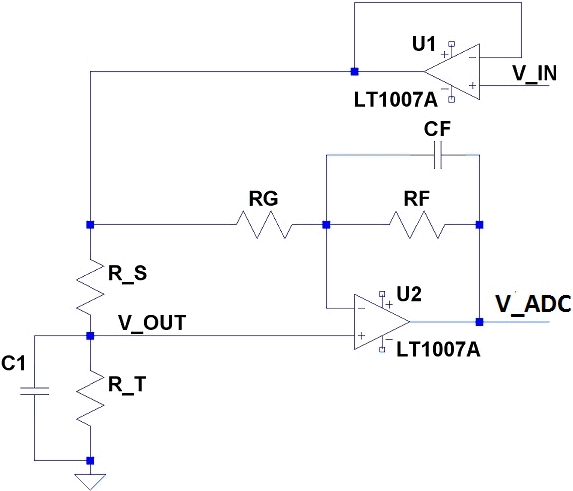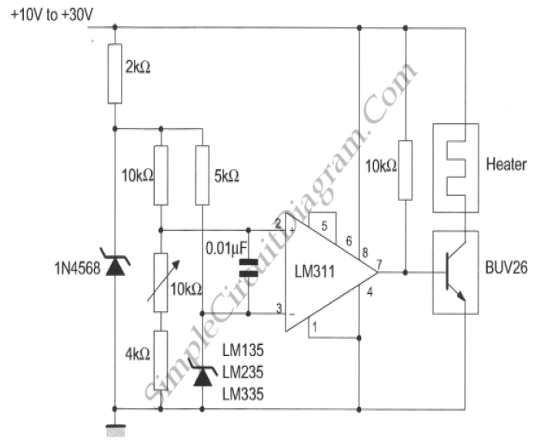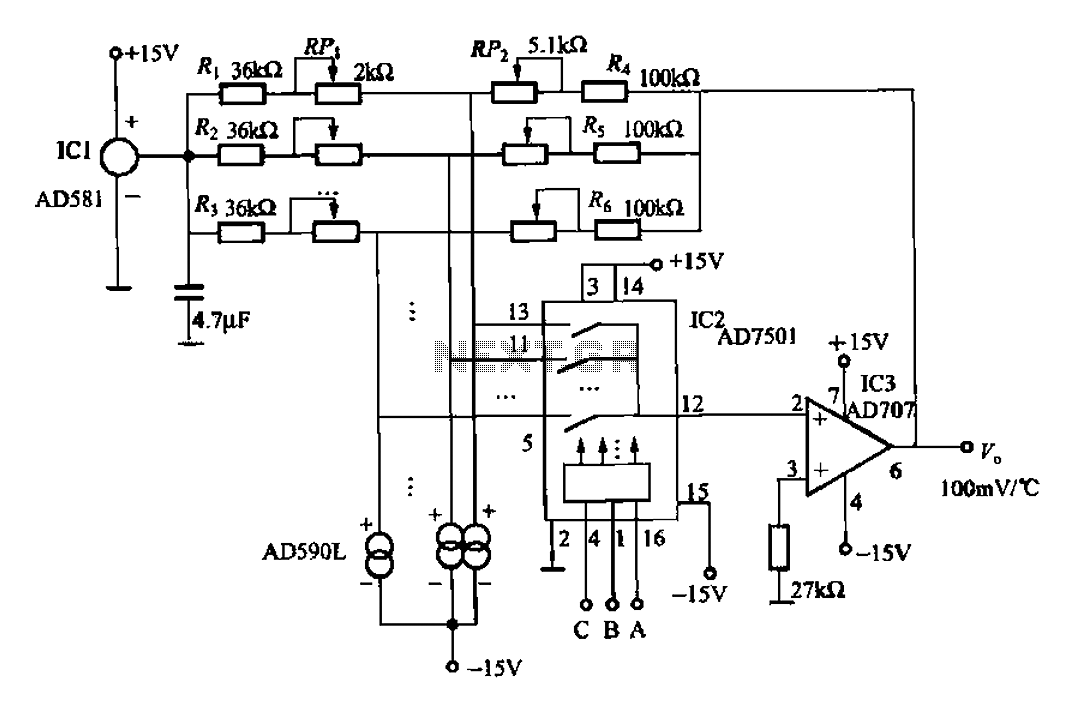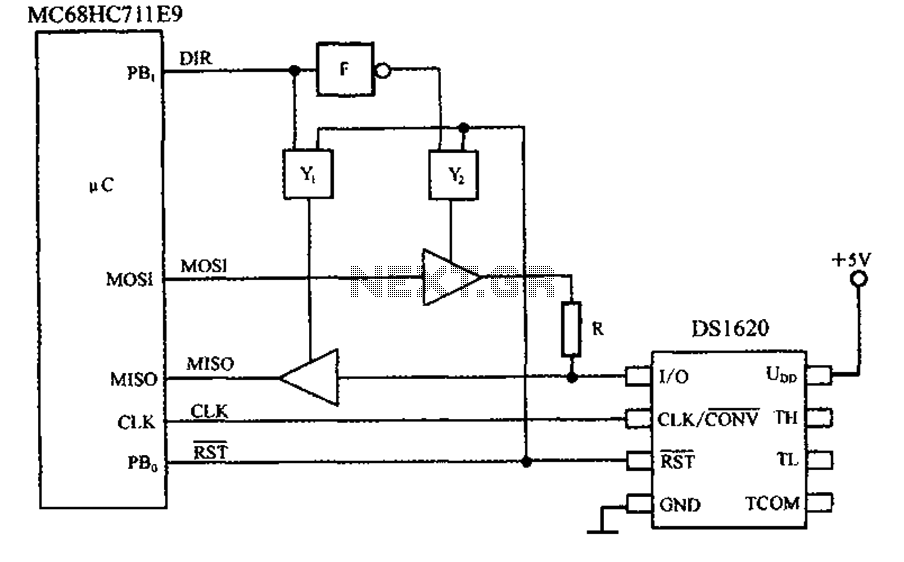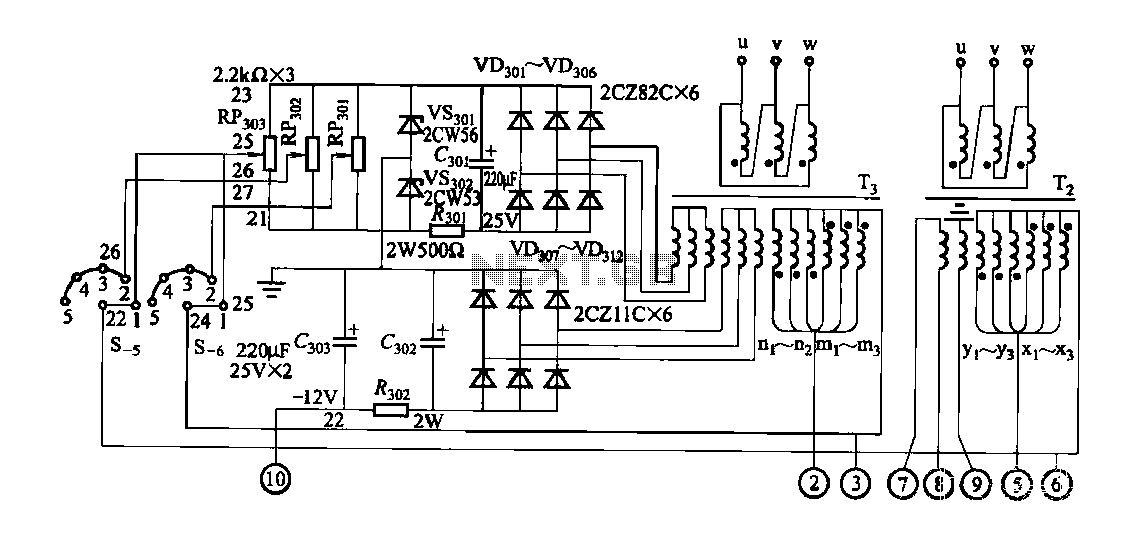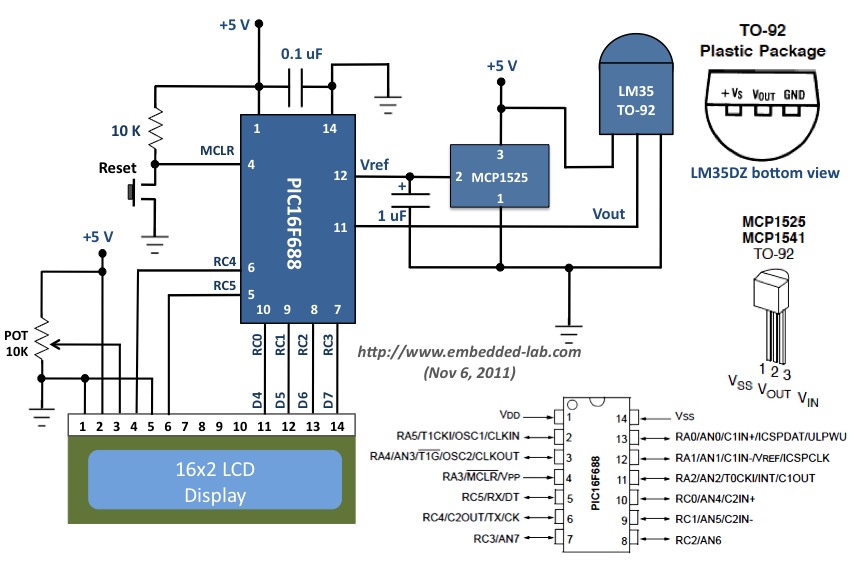
Temperature Compensation ICOMs and TCXOs
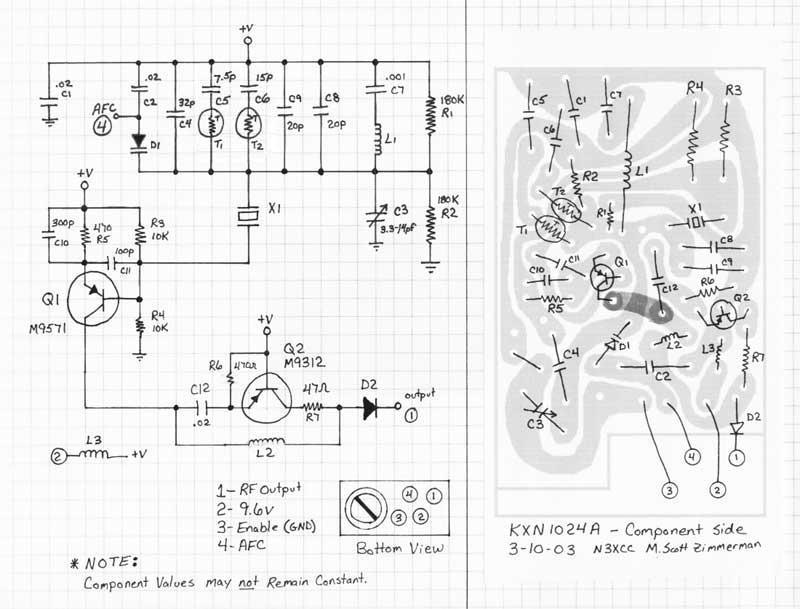
This document addresses the replacement of the crystal in various types of Temperature Compensated Crystal Oscillators (TCXOs), including Motorola "Channel Elements," GE "Integrated Circuit Oscillator Modules" (often referred to as ICOMs), and RCA TCXOs. The term "element" will be used for simplicity. The discussion will cover the potential challenges of self-rebuilding these components. Many amateur radio operators tend to be cost-conscious and often seek to save money by replacing the crystal in precision frequency-determining elements when changing frequencies in crystal-controlled radios. While performing this task independently can lead to savings, several issues may arise. Many individuals are unaware of the complications that can occur when purchasing a $10-$15 crystal and installing it themselves into the element. The problems may stem from the crystal, the element, or a combination of both. It has been noted that companies like Sentry and International do not merely recrystalize an element; they engage in a remanufacturing process. Unfortunately, some crystal manufacturers and technical manuals refer to this remanufacturing as "compensating" the element, despite temperature compensation being just one aspect of the process. There is a prevailing misconception that temperature compensation is the primary reason for sending the element to a crystal manufacturer, which is not accurate. In fact, temperature compensation is not the most critical factor. For transmit elements, some designs incorporate the modulator, while others do not. For those with modulators, it is essential to ensure that the output frequency can be properly deviated with the specified modulation voltage. For both receive and transmit elements, maintaining the spectral purity of the output signal across varying temperatures, AFC voltage (for AFC receive elements), and modulation (for transmit elements) is crucial. It is important to recognize that many of the actions required cannot be performed on the crystal alone, as the components affecting crystal operation are typically not part of the crystal itself. Thus, the environment's temperature control is less significant than ensuring proper crystal performance within the oscillator circuit, which is difficult to verify without sending the entire oscillator circuit to the crystal manufacturer. It is essential to understand that the crystal frequency varies with ambient temperature due to fundamental physical laws. The oscillation frequency is also influenced by the surrounding circuitry and the values of its components. Crystal manufacturers often reference a crystal "operating into a 32pF load" (or another specified value); any change in load value results in a frequency change. The method of temperature compensation involves using other temperature-sensitive oscillator components to adjust the capacitance across the crystal and its load, counteracting temperature-induced frequency changes. These components are meticulously selected to counterbalance the frequency variations over a broad temperature range. A basic understanding of physics reveals that crystals are constructed by placing a polished quartz slab between two conductive plates. This can be likened to a sandwich, where the plates represent the slices of bread and the quartz crystal is the cheese filling. Notably, raw quartz possesses a grain similar to that of wood.
The replacement of crystals in TCXOs is a complex process that requires careful consideration of various factors affecting the oscillator's performance. The crystal's role in frequency stability is critical, as it is influenced not only by its physical properties but also by the circuit configuration in which it operates. When replacing a crystal, it is essential to ensure compatibility with the existing oscillator circuit, including the load capacitance and the modulation characteristics.
In practice, the design of the oscillator circuit must accommodate the specific characteristics of the new crystal, including its frequency tolerance and temperature coefficient. This often necessitates recalibrating the circuit to achieve the desired performance, particularly in applications where precision is paramount.
Furthermore, the remanufacturing process employed by specialized crystal houses involves extensive testing and adjustment to ensure that the oscillator meets stringent spectral purity and stability requirements across the operational temperature range. This may include the use of advanced techniques such as temperature cycling and modulation analysis to verify the performance of the crystal in situ.
Ultimately, while the DIY approach to crystal replacement may seem economically advantageous, it carries significant risks that could compromise the performance of the oscillator. Therefore, it is advisable to engage professional services for remanufacturing to ensure optimal functionality and reliability of the TCXO in its intended application.This page deals with the subject of replacing the crystal in any type of Temperature Compensated Crystal Oscillator (TCXO), be it a Motorola "Channel Element", a GE "Integrated Circuit Oscillator Module" (commonly called an ICOM), or an RCA TCXO. Here we`re going to use the term "element" just to make writing this article easier. We`re going to describe the problems that can arise by rebuilding them yourself. Most hams are frugal (some are downright cheap) by nature, always wanting to save a nickel anywhere they can. Replacing the crystal in the precision frequency determining element is a necessary task when taking a crystal controlled radio and moving it from one frequency to another.
Money can be saved by recrystaling the elements yourself, but there are problems that can arise when doing so. Many folks don`t know about the issues when buying a $10-$15 crystal and stuffing it into the element themselves.
Sometimes the issues are with the crystal itself, sometimes they are with the element, and lastly, both can contribute to the end result. One comment I have heard over and over again - places like Sentry and International do not just recrystal an element, they remanufacture it.
Unfortunately, the crystal houses and several manufacturers manuals refer to the remanufacturing process as "compensating" the element despite the fact that temperature compensation is only one factor in the remanufacturing process. . There still seems to be a tendency to seize upon temperature compensation as the primary reason for sending the element to a crystal house, and that is not the case.
In fact, the temperature compensation is not the most important issue at hand. Transmit elements: Some element designs have the modulator inside, some do not. On those that do, the rebuilder must ensure that the output frequency can be deviated properly with the specified modulation voltage. Receive and Transmit elements: Ensuring the spectral purity of the output signal under all extremes of temperature, AFC voltage (on AFC receive elements) and modulation (on transmit elements).
It should be obvious that few, if any, of the above actions can be performed on a crystal by itself, since most of the components that directly affect the operation of the crystal are not in the crystal. In other words, whether or not the radio is in a temperature-controlled environment is hardly the point; it is more important that the crystal perform properly in the oscillator circuit.
That`s hard to verify if you don`t send the oscillator circuit to the crystal house! The first thing to realize is that the crystal frequency varies with ambient temperature. Period. It`s a simple law of physics. The frequency the crystal oscillates at is also determined by the circuitry around it, and the values of the components in that circuitry. The crystal manufacturers even have a name for this characteristic - you will see references to a crystal "operating into a 32pF load" (or some other number).
If the load value changes, the frequency changes. The method used in temperature compensating a crystal is to deliberately use other temperature sensitive oscillator components to vary the capacitance across the crystal and the load on it, thereby counteracting the temperature-caused change in crystal frequency. The temperature sensitive components are carefully chosen so they exactly counteract it, and over as wide a temperature range as possible.
A bit of physics: Crystals are made by putting a slab of polished quartz between two conductive plates. Picture a sandwich made from two pieces of bread and a slice of cheese in the middle - the slices of bread are the plates, and the cheese is the quartz crystal.
Raw quartz has a grain, just like wood, and the ang 🔗 External reference
The replacement of crystals in TCXOs is a complex process that requires careful consideration of various factors affecting the oscillator's performance. The crystal's role in frequency stability is critical, as it is influenced not only by its physical properties but also by the circuit configuration in which it operates. When replacing a crystal, it is essential to ensure compatibility with the existing oscillator circuit, including the load capacitance and the modulation characteristics.
In practice, the design of the oscillator circuit must accommodate the specific characteristics of the new crystal, including its frequency tolerance and temperature coefficient. This often necessitates recalibrating the circuit to achieve the desired performance, particularly in applications where precision is paramount.
Furthermore, the remanufacturing process employed by specialized crystal houses involves extensive testing and adjustment to ensure that the oscillator meets stringent spectral purity and stability requirements across the operational temperature range. This may include the use of advanced techniques such as temperature cycling and modulation analysis to verify the performance of the crystal in situ.
Ultimately, while the DIY approach to crystal replacement may seem economically advantageous, it carries significant risks that could compromise the performance of the oscillator. Therefore, it is advisable to engage professional services for remanufacturing to ensure optimal functionality and reliability of the TCXO in its intended application.This page deals with the subject of replacing the crystal in any type of Temperature Compensated Crystal Oscillator (TCXO), be it a Motorola "Channel Element", a GE "Integrated Circuit Oscillator Module" (commonly called an ICOM), or an RCA TCXO. Here we`re going to use the term "element" just to make writing this article easier. We`re going to describe the problems that can arise by rebuilding them yourself. Most hams are frugal (some are downright cheap) by nature, always wanting to save a nickel anywhere they can. Replacing the crystal in the precision frequency determining element is a necessary task when taking a crystal controlled radio and moving it from one frequency to another.
Money can be saved by recrystaling the elements yourself, but there are problems that can arise when doing so. Many folks don`t know about the issues when buying a $10-$15 crystal and stuffing it into the element themselves.
Sometimes the issues are with the crystal itself, sometimes they are with the element, and lastly, both can contribute to the end result. One comment I have heard over and over again - places like Sentry and International do not just recrystal an element, they remanufacture it.
Unfortunately, the crystal houses and several manufacturers manuals refer to the remanufacturing process as "compensating" the element despite the fact that temperature compensation is only one factor in the remanufacturing process. . There still seems to be a tendency to seize upon temperature compensation as the primary reason for sending the element to a crystal house, and that is not the case.
In fact, the temperature compensation is not the most important issue at hand. Transmit elements: Some element designs have the modulator inside, some do not. On those that do, the rebuilder must ensure that the output frequency can be deviated properly with the specified modulation voltage. Receive and Transmit elements: Ensuring the spectral purity of the output signal under all extremes of temperature, AFC voltage (on AFC receive elements) and modulation (on transmit elements).
It should be obvious that few, if any, of the above actions can be performed on a crystal by itself, since most of the components that directly affect the operation of the crystal are not in the crystal. In other words, whether or not the radio is in a temperature-controlled environment is hardly the point; it is more important that the crystal perform properly in the oscillator circuit.
That`s hard to verify if you don`t send the oscillator circuit to the crystal house! The first thing to realize is that the crystal frequency varies with ambient temperature. Period. It`s a simple law of physics. The frequency the crystal oscillates at is also determined by the circuitry around it, and the values of the components in that circuitry. The crystal manufacturers even have a name for this characteristic - you will see references to a crystal "operating into a 32pF load" (or some other number).
If the load value changes, the frequency changes. The method used in temperature compensating a crystal is to deliberately use other temperature sensitive oscillator components to vary the capacitance across the crystal and the load on it, thereby counteracting the temperature-caused change in crystal frequency. The temperature sensitive components are carefully chosen so they exactly counteract it, and over as wide a temperature range as possible.
A bit of physics: Crystals are made by putting a slab of polished quartz between two conductive plates. Picture a sandwich made from two pieces of bread and a slice of cheese in the middle - the slices of bread are the plates, and the cheese is the quartz crystal.
Raw quartz has a grain, just like wood, and the ang 🔗 External reference
